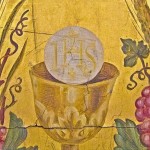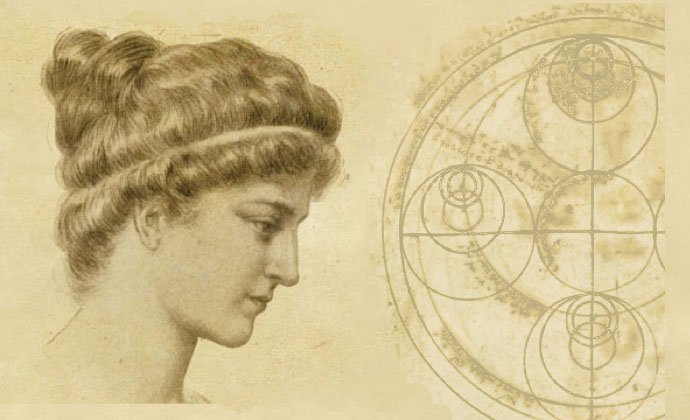
Continuing in a demythologizing vein I’d like to debunk the picture of Hypatia of Alexandria as a science martyr to Christian prejudices against science. Beware! The history of Late Antiquity is more Byzantine than you suspected.

The Giordano Bruno episode we discussed here in connection with its garbled presentation in the new Cosmos TV series shows the complexity of the issues behind the relationship behind science and religion. What we get from our retelling of the episode is a picture of a mentally unhinged man (Bruno) doing an early modern version of what in our time is called “suicide by cop.”
That the cop fired needs to be understood in its historical context of 16th century Europe with all its political instability. And yes political order hinged on religion, but no, that doesn’t make it more cruel than nukes, drones, and water-boarding, unless you buy into the tired myth of exclusively religious violence. The problem with seeing Bruno as a martyr of any kind lies in the traditional understandings of who counts as a martyr.
These go back to the invention of the notion of a martyr by Greek philosophical schools as they were later picked up by the Christian tradition before and after Constantine. I’ve written about this in connection with my translations of Dariusz Karlowicz’s books. They describe Christian adoption of the Greek philosophical tradition of philosophy as a way of life here, here, and here. One important element of this whole tradition was not seeking martyrdom actively by inciting civil authorities, if martyrdom would come, it would come without your own initiative. Actively taunting authorities who were in charge of keeping order during volatile times, like Bruno did, was closer to suicide than martyrdom.
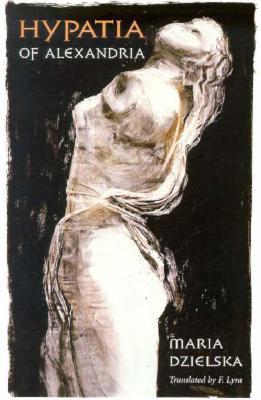
If you have qualms about criticizing someone’s martyr-status, then let me disabuse you of them. You should know that the early Christians picked up their polemics against false martyrs from the Greek philosophers who invented them. If you don’t believe me, then read the Lives of Eminent Philosophers, volume I and volume II, by Diogenes Laertius for amusing debunkings of would-be-martyrs of rival philosophical schools.
That the Christian authorities weren’t always up to par ethically does not say anything intrinsic about Christians, but only demonstrates humans are (sometimes severely) fallen creatures and liable to mess up the lives of others. Universalizing the Galileo and Bruno episodes leads to total ignorance about the scientific research and tolerance in other parts of Christendom, or even just in the Rome of the time.
One early example of potentially horrible Christian leadership in action is connected to the life and murder of the beautiful young mathematician Hypatia of Alexandria (d. 415) by an angry anti-scientific Christian mob. Or at least that’s the standard story.
The reality, again, is even more complicated than the title of the Enlightenment era polemic that first advanced the case of her as a science “martyr.” This 1720 book’s title lends itself easily to a Freudian analysis of its author, Hypatia; or, The History of a Most Beautiful, Most Virtuous, Most Learned and in Every Way Accomplished Lady; Who Was Torn to Piece by the Clergy of Alexandria, to Gratify the Pride, Emulation, and Cuelty of the Archbishop, Commonly but Undeservedly Titled St. Cyril. Oy vey, the author, John Tolland, seemed to be up on something more than just science and putting down Christianity (wink, wink, nudge nudge).
The Polish scholar Maria Dzielska, in her recent book Hypatia of Alexandria, adds considerable, if still bloody, nuance to this whole story. First of all, Hypatia might have been most beautiful, although the state of medicine during the fifth century leads one to doubt that, but she definitely was not young clocking in at somewhere over 60 years old at the time of her death.
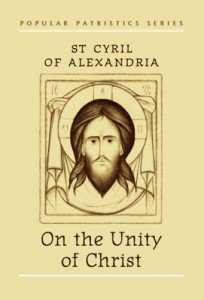
She also was a most learned and accomplished person, however her prudence in choosing friends seems questionable. According to Dzielska, Hypatia was friends with both St. Cyril (obviously a churchman) and Orestes, an imperial prefect (also a Christian). This triangle led to a power play by Cyril who took advantage of his friendship with the pagan Hypatia to take down the prestige of Orestes (a Christian) down a notch. St. Cyril accused Hypatia of magic and witchcraft–the very sorts of accusations the Inquisition relentlessly debunked with its skepticism, helping to quell mob violence, centuries later–and somehow (the details are not entirely clear) incited mob violence against her.
This was obviously not anti-scientific mob violence, because Alexandria remained a Christian center of natural philosophy for many years later. One added twist to all this is that natural philosophy was not what we now recognize as science, because that emerged more than a millennium later during the 16th and 17th centuries. So much for Hypatia as a martyr for science.
One of the essays in Galileo Goes to Jail details how “natural philosophy” consisted of:
“…inherited beliefs about nature–about the origins and structure of the cosmos, the motions of celestial bodies, the nature of the elements, sickness and health, the explanation of dramatic natural phenomena (thunder, lightning, eclipses, the rainbow, and the like)–and [their] relationship to the gods.”
The author of that essay (the chapter titles always present a position that’s up for debunking), “That the Rise of Christianity Was Responsible for the Demise of Ancient Science,” then continues:
“These are the ingredients of what would develop later into modern science (some were already identical to their modern counterparts); and if we are interested in the origins of Western science they are what we must investigate.”
He then goes on to show that the propagation of this, strictly speaking pre-scientific, knowledge was promoted (not ignored or demoted) during late antiquity, the middle ages, and the early modern period by the notion of natural philosophy as a “handmaiden of theology.” This pre-scientific culture flourished thanks to the patronage of the Church, even if the emergence of science is not, as some have argued, an exclusively Christian accomplishment.
After all, as Karlowicz and others (i.e. Jaroslav Pelikan) have demonstrated, the early Church Fathers (not to mention the writers of the New Testament and everyone since) always borrowed, continued, and transformed the classical tradition in productive ways. But more about this soon.
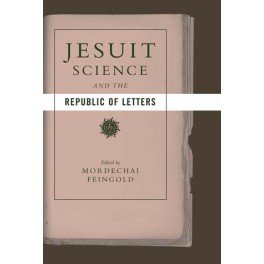
In preparation for today’s episode of Cosmos (it will be streamed here), you should probably take a look at Maurice Finocchiaro’s chapter in Galileo Goes to Jail, and his book-length studies The Galileo Affair: A Documentary History and Retrying Galileo, 1633-1992. I have a hunch the myths that he was imprisoned and tortured might pop up. We’ll see.
Since Robert Bellarmine, SJ was involved in both the Bruno and Galileo affairs it might also make sense to eventually discuss the notion that Catholics in general, and the Jesuits in particular, contributed nothing to modern science. The essay collection Jesuit Science and the Republic of Letters is one place for you to get a head start before I tackle the issue directly later.
And if you don’t trust me on Hypatia, maybe you’ll trust an atheist?
http://www.youtube.com/watch?v=nMWGXt979yg






